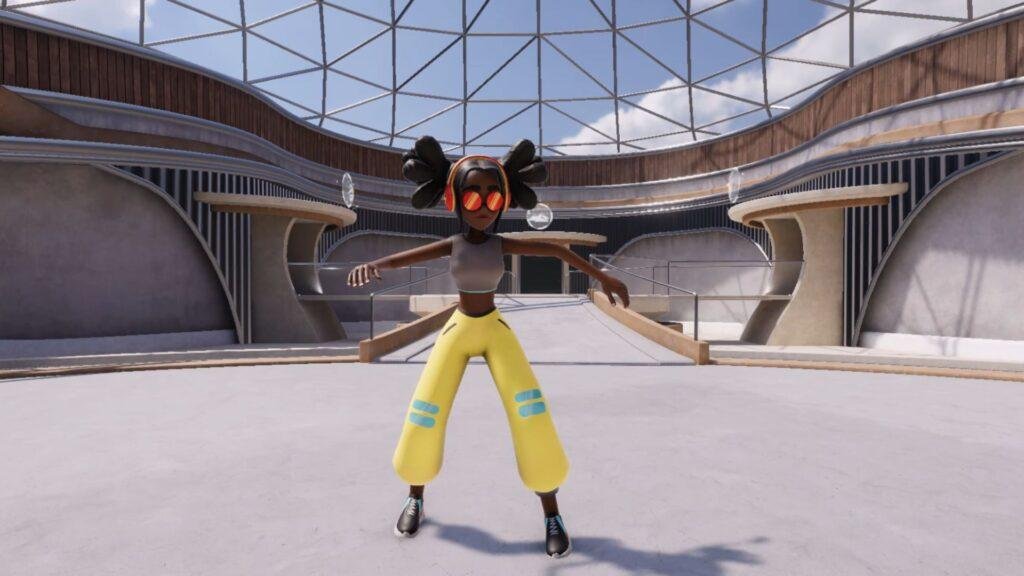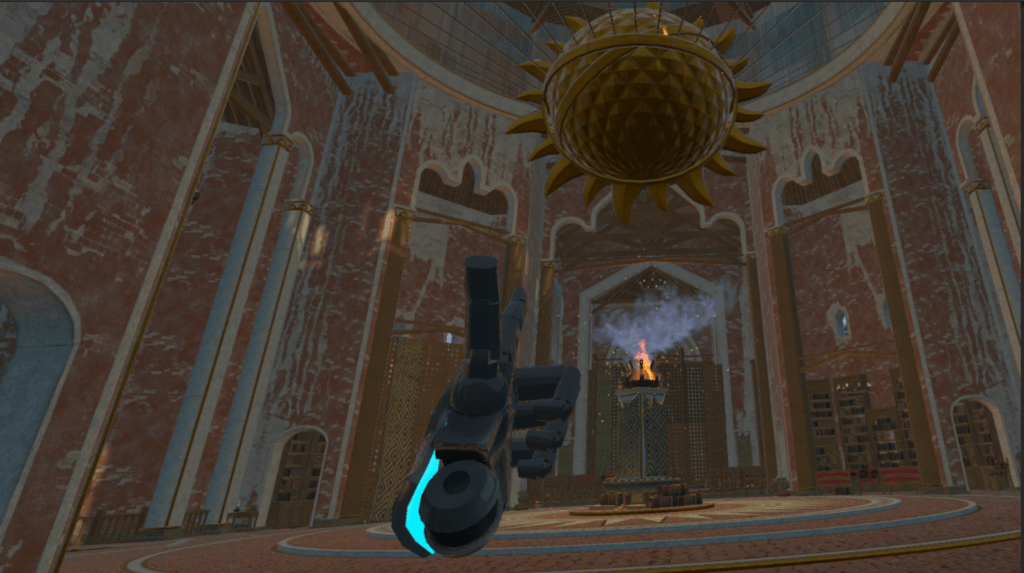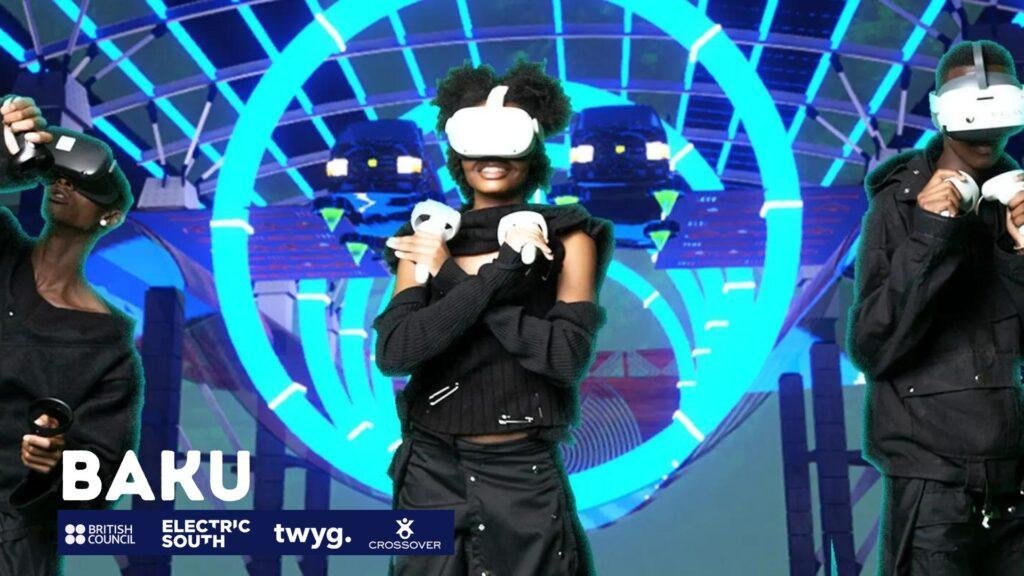Grace Ntombi Virtual Gallery
Grace Ntombi Gallery is a digital project that uses 3D gallery technology to showcase Tiisetso Cliford Mphuthi’s interpretations of “Litema,” an ancient Basotho art form dating back to the 1600s. The gallery transforms this traditional symbolic art style into a therapeutic digital experience, leveraging the psychological benefits of repeating patterns while honoring the art form’s cultural significance and storytelling heritage.
Context
The ancient Basotho art style of Litema has deep cultural and spiritual roots, traditionally practiced exclusively by Basotho women since the 1600s. This religious art form served multiple purposes: praising higher powers and ancestors, communicating major community events (deaths, weddings, births), and storytelling through symbolic patterns. Despite its rich heritage, this art form risks being overlooked in contemporary digital spaces. Simultaneously, there exists a growing recognition of art’s therapeutic potential, particularly for mental health conditions. This project emerges at the intersection of preserving cultural heritage, creating accessible art experiences, and exploring the healing properties of visual patterns through the lens of psycho-textiles – a psychological field studying how repeating patterns can alter brain activity and improve mood.




Approach
Tiisetso Cliford Mphuthi, who has been diagnosed with bipolar disorder, approached this project by redefining Litema as a personal therapeutic practice. Collaborating with Sisanda Tech, the team leveraged PlayCanva and other 3D modeling tools to create an immersive digital gallery experience. The development process began with extensive research into both traditional Litema patterns and the psychological principles of psycho-textiles, ensuring the digital representations maintained cultural authenticity while maximizing therapeutic potential. The team designed an intuitive, user-friendly interface that allows visitors to navigate the 3D gallery space with ease, experiencing the artwork from multiple perspectives and distances. Each piece is accompanied by detailed contextual information explaining both the traditional significance of specific Litema patterns and Mphuthi’s personal reinterpretation through his mental health journey.




Output
The Grace Ntombi Gallery successfully launched as a fully functional 3D virtual gallery showcasing 20 distinctive art pieces that blend traditional Litema techniques with contemporary therapeutic applications. Visitors can immerse themselves in the rhythmic, geometric patterns that characterize this art form while learning about its cultural significance and psychological benefits. The gallery serves multiple purposes: preserving and promoting Basotho cultural heritage, providing an accessible platform for art appreciation, demonstrating the therapeutic potential of traditional art forms, and showcasing how digital technologies can breathe new life into ancient practices. By merging cultural preservation with mental health awareness, the project creates a unique intersection between traditional African art and modern psychological understanding while making both accessible to a global audience through digital innovation.

Credit
Web Developer
Sihle Ntshangase
Web Developer
Sihle Ntshangase
Web Developer
Sihle Ntshangase
Web Developer
Sihle Ntshangase
